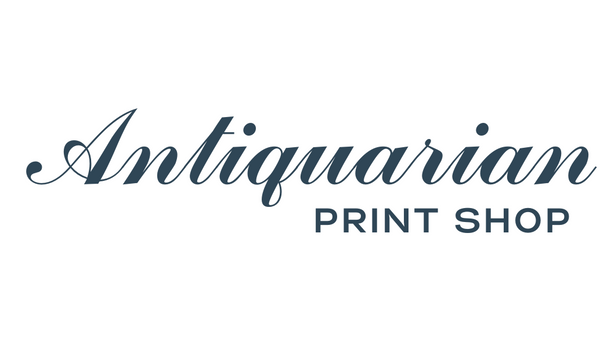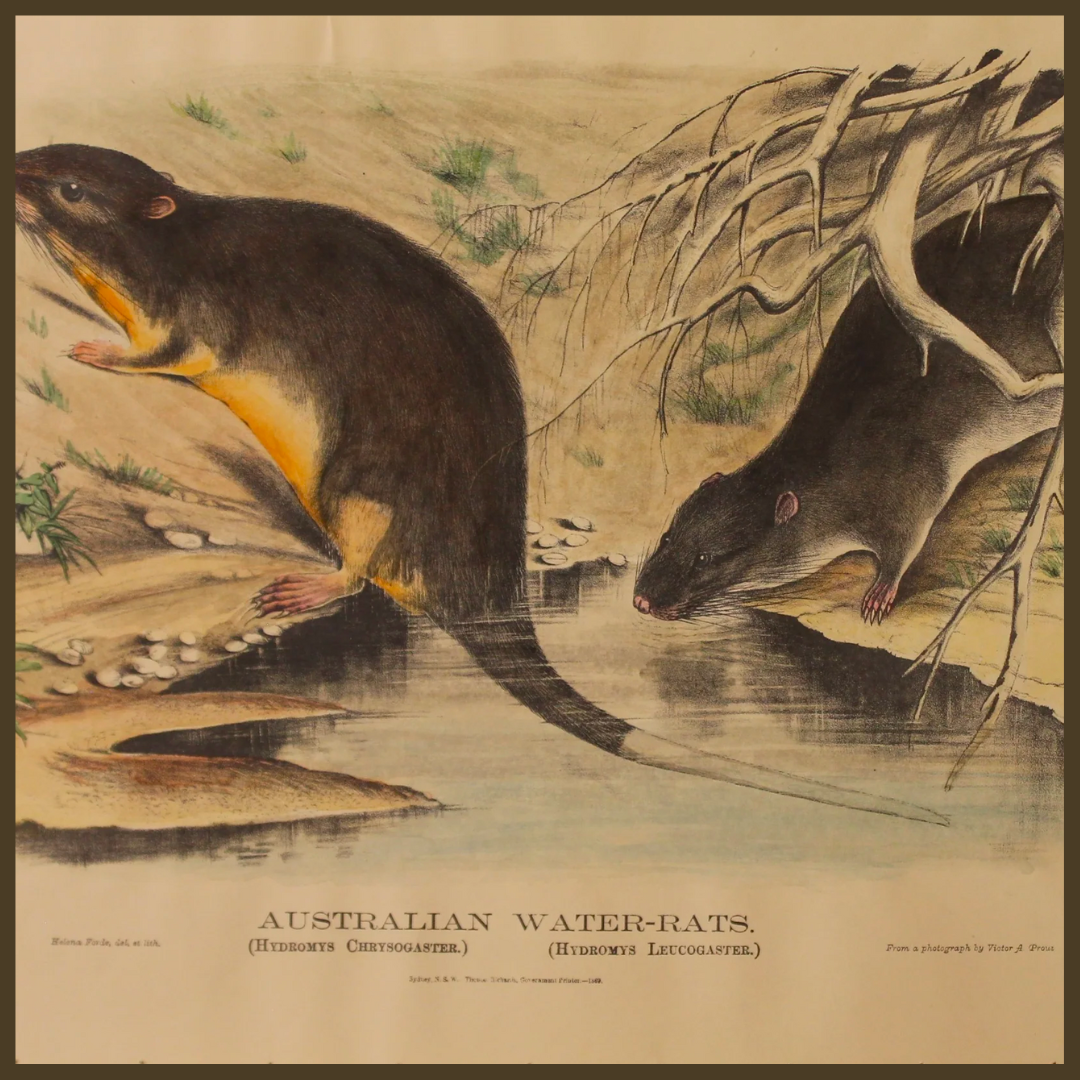
COLLECTING POSTCARDS
Share
Deltiology is the term that is given to the art of collecting postcards. Seemingly everyday objects, or mundane pieces of stationary, are actually historical artefacts that have great value for many collectors. Antique or vintage postcards provide a glimpse into another time, enabling us to observe places, people, fashion, and humor from the past.
As a primary source, postcards are incredibly important to the types of historical research conducted by historians, historic preservationists, and genealogists alike. They give insight into both the physical world, and the social world of the time. During their heyday postcards revolutionized communication, similar to social media of today.[8] For those studying communication, they highlight the adoption of media, its adaptation, and its ultimate discarding.[8] Postcards have been used to study topics as diverse as theatre, racial attitudes, and war.
In the early 1930s, cartoon-style saucy postcards became widespread, and at the peak of their popularity the sale of saucy postcards reached 16 million a year. They were often bawdy in nature, making use of innuendo and double entendres and featured stereotypical characters such as vicars, large ladies, and put-upon husbands, in the same vein as the Carry On films.
In the early 1950s, the newly elected Conservative government in Britain were concerned at the apparent deterioration of morals in the UK and decided on a crackdown on these postcards. The main target of their campaign was the postcard artist Donald McGill In the more liberal 1960s, the saucy postcard was revived and later came to be considered, by some, as an art form.
Original postcards are now highly sought after, and rare examples can command high prices at auction. The best-known saucy seaside postcards were produced by the publishing company Bamforths of Holmfirth, West Yorkshire.
Despite the decline in popularity of postcards that are overtly "saucy", postcards continue to be a significant economic and cultural aspect of British seaside tourism. Sold by newsagents and street vendors, as well as by specialist souvenir shops, modern seaside postcards often feature multiple depictions of the resort in unusually favourable weather conditions. John Hinde used saturated colour and meticulously planned his photographs, which made his postcards of the later twentieth century become as collected and admired as kitsch. Such cards are also respected as important documents of social history and have been influential on the work of Martin Parr
Some of the most valuable postcards are , Pioneer Postcards which were manufactured between 1873 and 1897 in the U.S. These cards are unique in that you won't find a message on the backside, only the address. The postal service prohibited writing messages on the back of postcards until the early 1900s.
Related Tag: Buy Vintage Prints
Wikipedia



